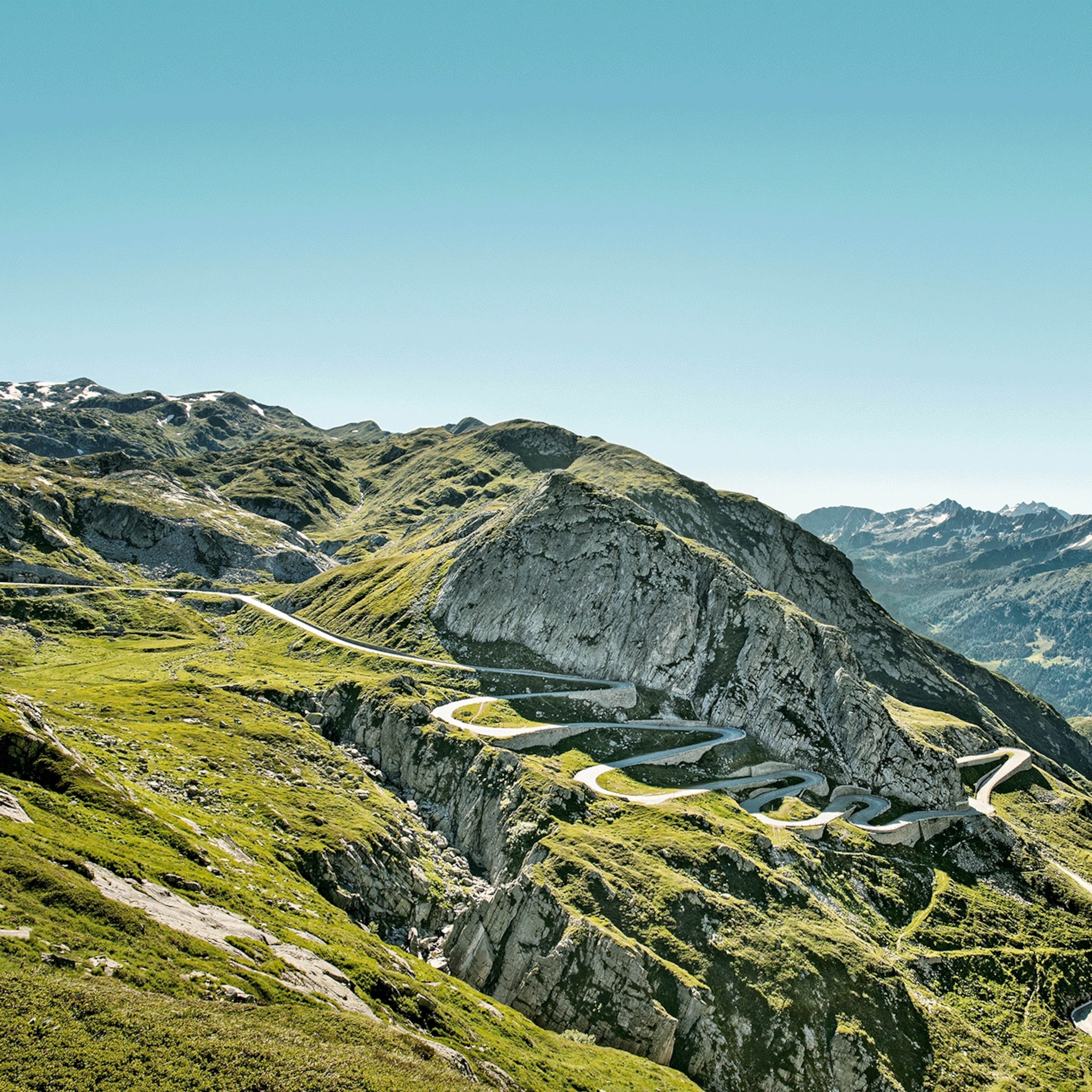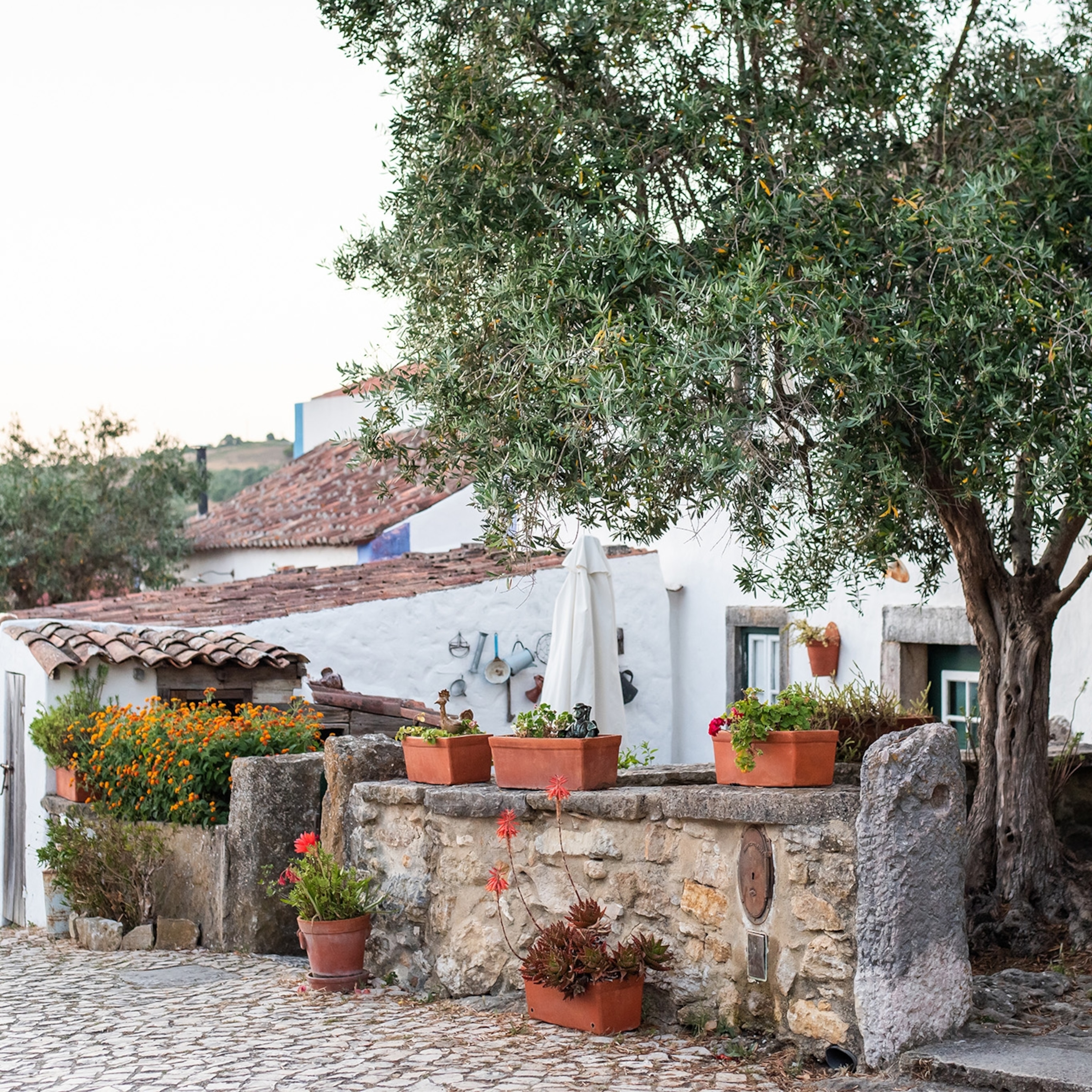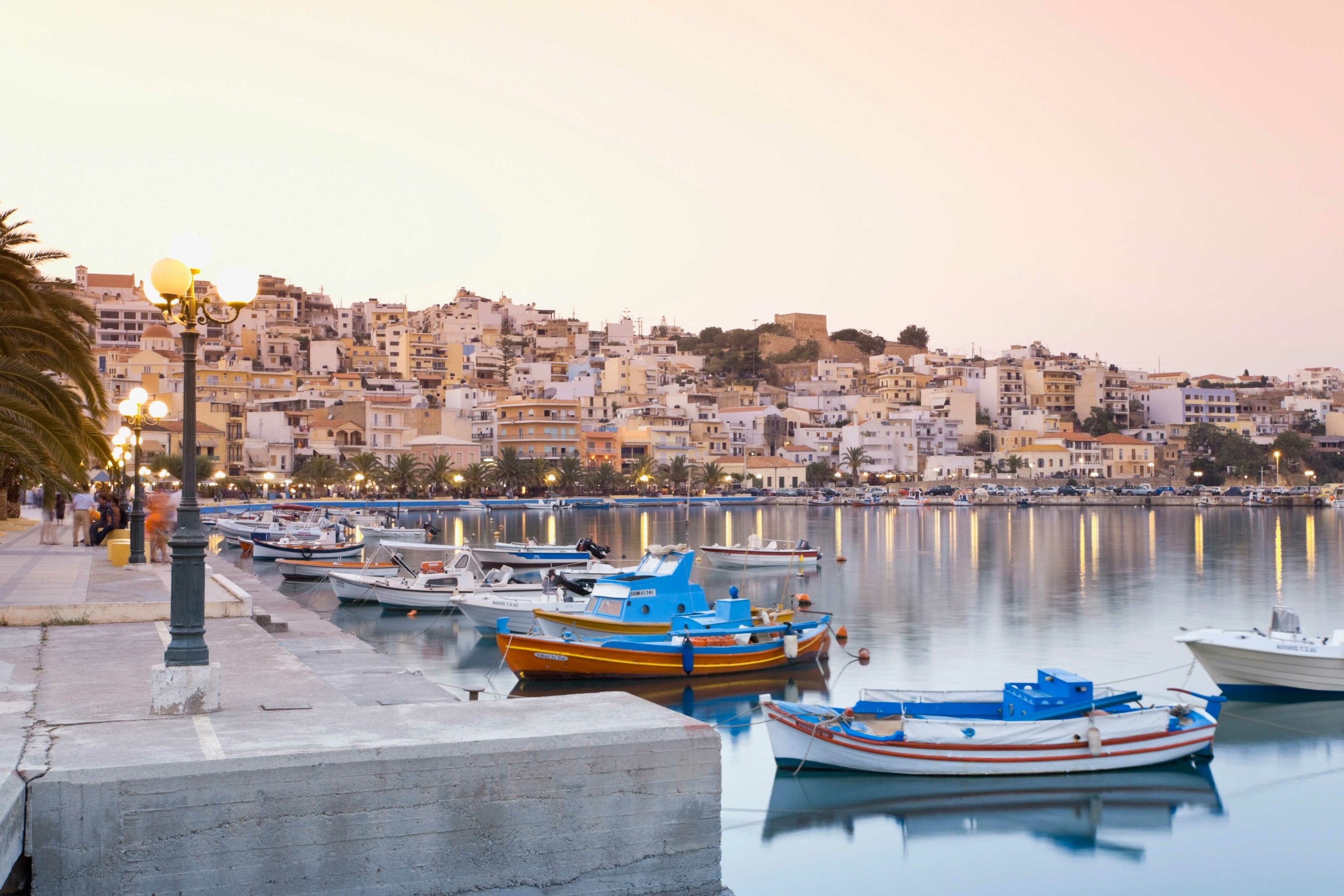
Exploring Crete by car: your one-week road trip itinerary
With sleepy villages, golden beaches and picturesque landscapes around every corner, Crete – Greece’s largest island – is the perfect place for a road trip.
Starting in Heraklion, spend a week driving slowly around Crete’s coastline, stopping off in postcard-pretty towns with harbourside tavernas serving up local cuisine. Each stretch of road is short but incredibly sweet, certain to throw up amazing views, archaeological treasures and empty coves to pause at for cooling dips.
Day one: Heraklion
Be sure to spend some time wandering around this city before picking up your car hire, stopping at the Archaeological Museum, which has fascinating exhibitions on the island’s archaeological discoveries and remnants from the great Minoan civilisation. Afterwards, walk over to Lions Square, home to the beautiful Venetian Morosini Fountain, and grab a coffee from one of the cafes shaded by olive trees. Next up, take a casual stroll along the pedestrianised 25th August Street, looking out for St Mark’s Basilica (now the Municipal Art Gallery) and St Titus Cathedral, housing the skull of St Titus. Keep going and you’ll arrive at the Old Venetian Harbour, where boats bob in the gentle swell and locals cool their feet in the water. When hunger strikes, nab a table at a waterfront restaurant for a meal of fresh fish, wild herbs and local wine — and if you’re looking to continue the festivities into the night, the city is full of relaxed bars and restaurants.

Day two — three: Lassithi
It’s time to leave Heraklion. Drive three miles past silver-hued olive groves to the partially restored Palace of Knossos for an insider’s guide to the Minoan civilisation who dwelled in Crete almost 3,000 years ago. Double-back on yourself and navigate along the old National Road towards the east, stopping at Psychro Cave with its ancient stone steps and chamber dripping in stalactites, thought to be the birthplace of Zeus. Back behind the wheel, a little further along the coast you’ll come to Agios Nikolaos, a mellow yet cosmopolitan city and evidence of the region’s quieter charms. Here, you can stop by Lake Voulismeni for a drink in the shade or nose around shops without having to jostle through crowds. From this point, travellers tend to fan out to the glittering resort of Elounda to huddle in tavernas and gaze over the harbour, or head seawards to enjoy the warm, shallow waters. One major attraction beyond Elounda is the former leper colony of Spinalonga. At its peak, the island housed nearly 400 afflicted Greeks, and it makes for an insightful and exciting day trip. Now, the island has a very different purpose, strung with ancient ruins, hiking trails and empty, golden beaches.
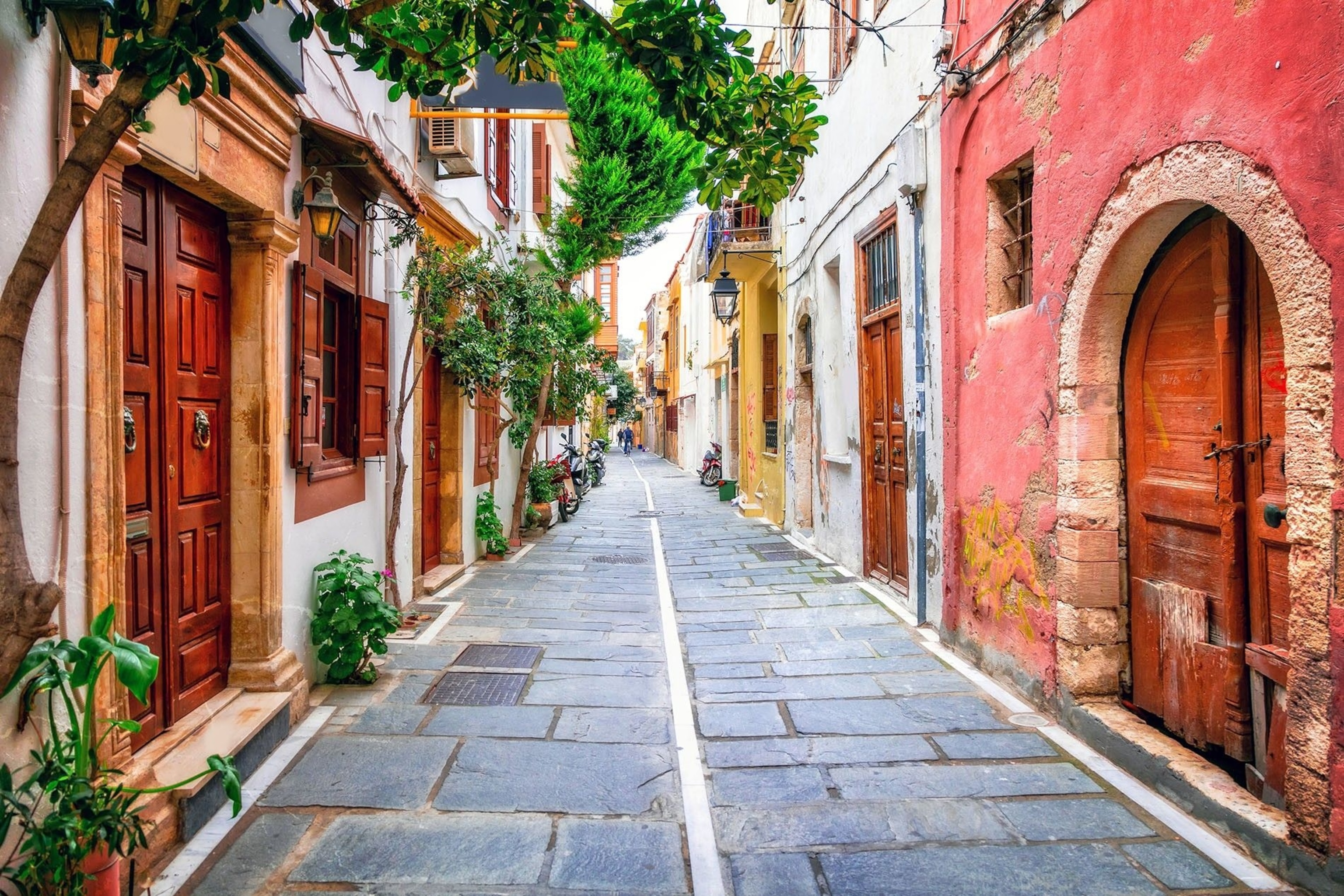
Day four — five: Rethymnon
Time to head west, skirting Heraklion and following the old National Road that runs parallel to the coastline. Drive on to Rethymnon, around an hour from Heraklion, where you can walk among crumbling mansions, mosques and Venetian fortifications sitting cheek by jowl with pastel-shaded cafes. Make sure to try one of the many local specialities like dakos, a Cretan meze consisting of barley rusk topped with chopped tomatoes, feta and dried oregano or ntolmadakia, stuffed vine leaves. Afterwards, follow the scents of jasmine down crooked alleyways towards the harbour and stop by for a languid lunch at one of the many tavernas, most of which have great sea views. If you can muster the energy, take a walk to the Fortezza (fortress), overlooking the city on a hill called Paleokastro; from this high vantage point, you’ll have sweeping views of the harbour. Rethymnon ticks a lot of boxes, but to simply take things easy, the surrounding region is full of beaches. The most popular is its eponymous beach, where locals and travellers bask in the sunshine and the sea twinkles from dusk to dawn. Since you’ve got wheels, however, why not discover some of the region’s more secluded stretches of sand: close by there’s the village of Bali, which has a beautiful enclosed bay; Ayía Galíni has seas as clear as ouzo; and Preveli Beach is backed by palm trees.
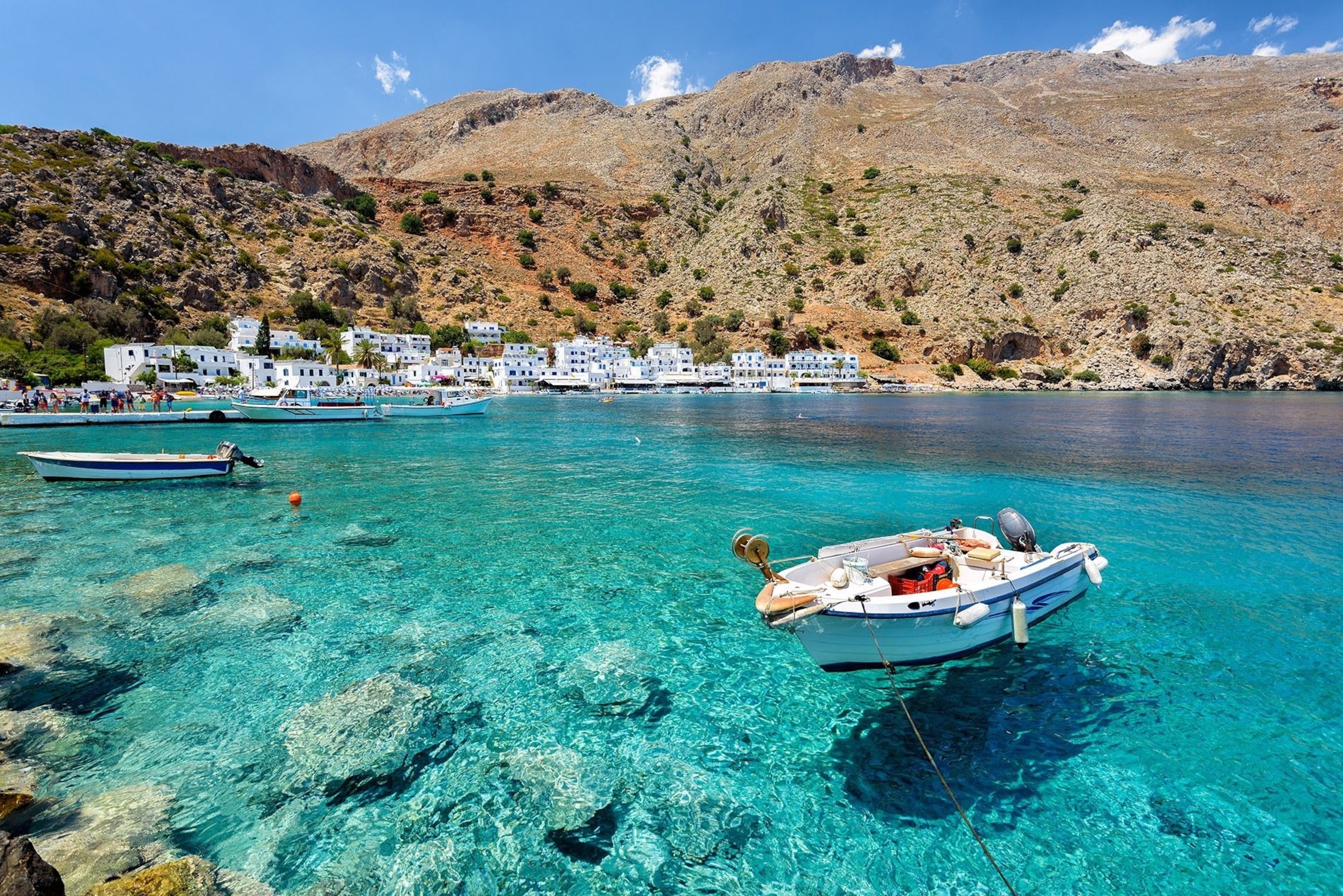
Day six — seven: Chania
Continue further west for around an hour to Chania, a thriving city where gastronomic good times abound. First stop is the Chania Municipal Market, a buzzing emporium with stalls piled high with cheeses, olives, herbs and fish caught that morning. If the heat gets too much, pad through the Old Town and take a perch on a shaded table and grab a bite to eat — don’t miss sticky kserotigana (pastries dipped in honey). If you’re tired of driving for the day, opt for a few glasses of Cretan red wine, or a nip of the local spirit, raki, a strong pomace brandy. For an adventure fix, leave the car in Chania and hop on one of the many daily buses to Xyloskalo. The area is home to the Samaria Gorge, Europe’s longest canyon, in White Mountains National Reserve. To beat the tour groups and searing midday heat, get up early to admire this unique mix of plunging cliffs and narrow passageways, before hiking 10 miles to the little coastal village of Agia Roumeli. The route threads through fields of wildflowers, over craggy rocks and through chasms loomed over by moss-smothered bluffs. Look out for the sea on the horizon, a sign you’re approaching the end of the hike. After exploring the town and its beach, climb aboard one of the ferries that runs dusty trekkers to the coastal port of Chora Sfakia. From there, regular buses will carry you back to Chania. If there's time, it’s also worth paying a visit to Elafonisi Beach with its pink-tinged sand on Crete’s southwestern tip for a last bit of beach fun before dropping off your car at Chania’s airport.
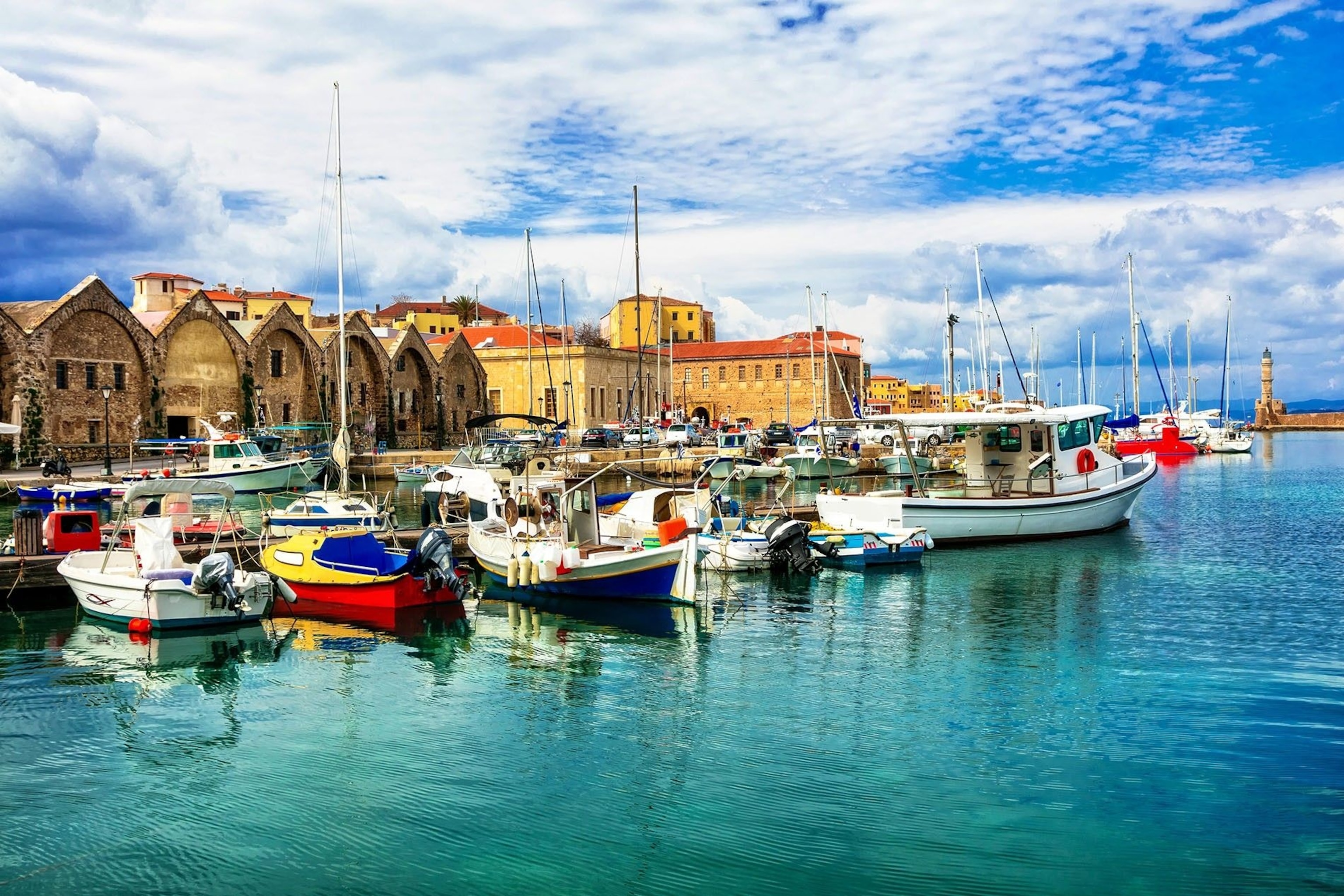
Essentials
Getting there and around
Seasonal flights fly direct from London, Birmingham and Manchester to Chania and Heraklion. Once there, there are a multitude of private car hire outfits choose from. Costs start from around £150 for a week during peak season, with fuel prices a little more expensive that those in the UK.
When to go
Crete is accessible year-round but is perhaps best experienced in spring, summer and autumn, when temperatures average 35C and the sun is almost always shining.
For more information head to visitgreece.gr
Follow National Geographic Traveller (UK) on social media
